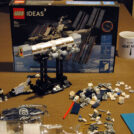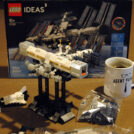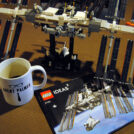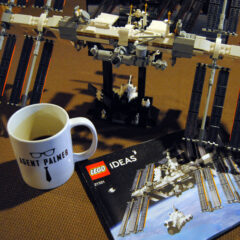
I recently sat down and built the LEGO Ideas International Space Station (ISS). Like the Saturn V and Lunar Lander before it, the release of this set coincided with an anniversary.
Released in 2020, the set marks 20 years since the station helped start a continuous human presence in space. LEGO pays another wonderful tribute to the station that orbits Earth 16 times a day and is the work of five different space agencies: NASA (United States), Roscosmos (Russia), JAXA (Japan), ESA (Europe), and CSA (Canada).
The build starts with the construction of a small space shuttle and the base upon which it rests. After all, as a model, the ISS doesn’t have a top or bottom as a conventional building might. The pieces of it were constructed on Earth, but it was put together and built for the purpose of space habitation, without the benefit or need for gravity.
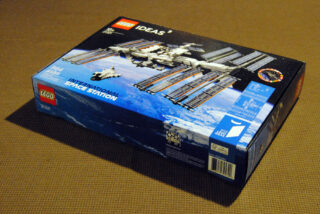
Building the model, LEGO or otherwise, gives you a greater appreciation for the engineering that went into the project. That engineering marvel crossed not only our terrestrial planet but various countries’ borders, so the build is even more special.
Similar still to the Lunar Lander, this ISS is a spindly thing. Unlike the Lander, the ISS is reminiscent of what remains from the plastic model kits after you removed the pieces from the flimsy frames that kept them from moving around in the box. It’s so big, but at the same time, it seems so fragile. There are some very important junctions that seem unprepared to hold the weight because I’m building this with LEGO, and with the limitations of Earth’s gravity.
Again, this is the marvel of engineering. It was designed knowing that it wouldn’t have to “hold the weight.” Sure, it would bear some gravity and other stresses, considering Earth’s orbit and the fact that it’s traveling in space at 4.76 miles per second, but it’s not like anything we deal with on Earth.
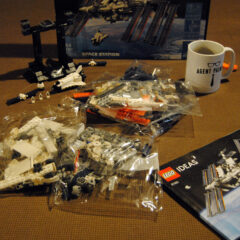
While I don’t think I’ll ever truly go back to regular model kits, I get the same feel of appreciation when working with these LEGO kits. It’s been a while since I built anything that wasn’t space-related, but I know there will be more in my future.
For more on what those could be, or just to hear me geek out about LEGO, listen to The Palmer Files Episode 33 LEGO with Mike Laybourne.


